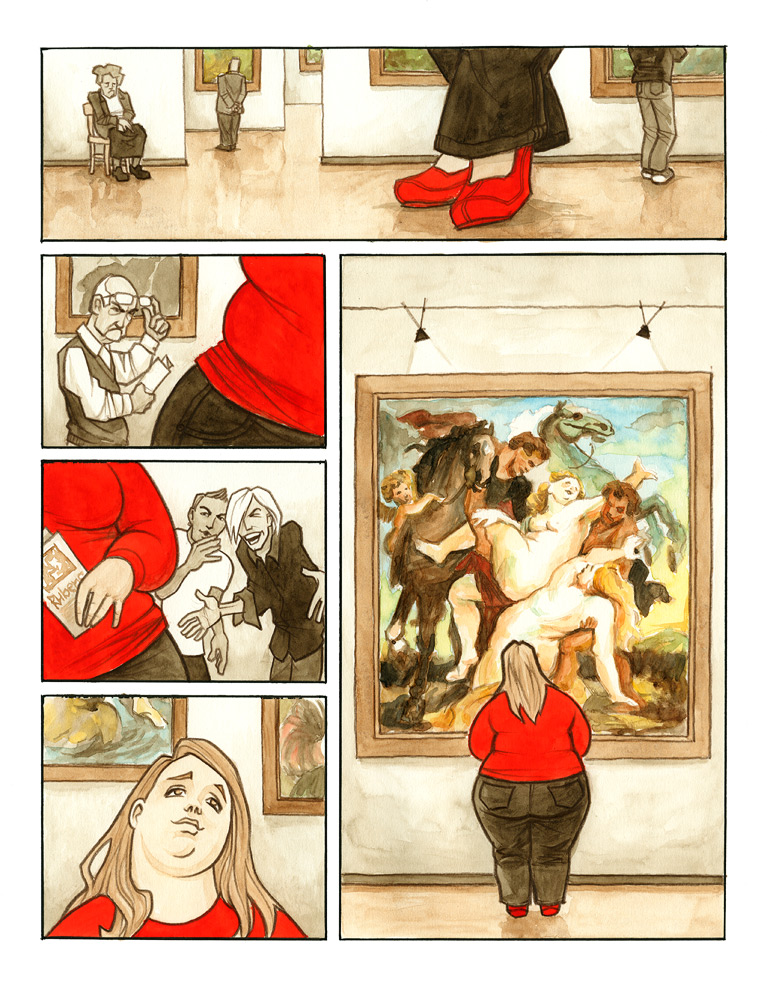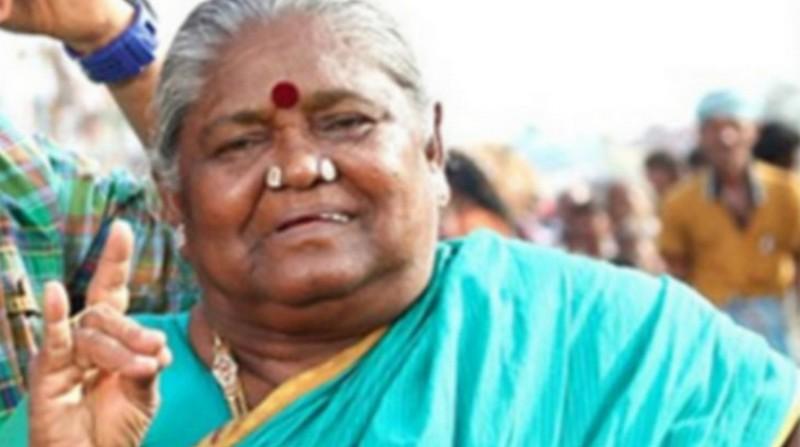Television actress Hina Khan, during an episode of Bigg Boss, went on a minor tirade against South India’s “bulging” actresses.
She said, wrapped up in a rather comfortable quilt, that people in the south want their women to be bulging and fat, and that film directors specifically ask women to “put on” weight. She says this to a rapt audience of other contestants, listening with excitement bordering on incredulity.
Look at the way this girl #Hinakhan @eyehinakhan, a TV star degrading South Indian cinema and its #Bulging heroines ??? #Disgusting #BB11 pic.twitter.com/MmoV2uWDJf?ssr=true
— sridevi sreedhar (@sridevisreedhar) October 26, 2017
As an actress from the south industry, I would like to say I’m very proud be from our south industry and whatever #hinakhan is saying (cont) https://t.co/6ByNcYt8yI
— Hansika (@ihansika) October 26, 2017
And whatever #hinakhan is saying is our pure bullshit . #pleasegetyourtactsrightgirl https://t.co/6ByNcYt8yI
— Hansika (@ihansika) October 26, 2017
Doesn’t she know a lot of Bollywood actors hv worked & are working in the our south industry ! Shame on you #hinakhan for trying 2demean us https://t.co/6ByNcYt8yI
— Hansika (@ihansika) October 26, 2017
It’s an easy generalisation, made on a television show designed to get the audience to watch, and keep watching, without any critical engagement.
Hina Khan, in her tirade against South Indian women in general, and actresses and directors in particular, brings out everything that has been fed to generations of women. Beauty standards because capitalism and patriarchy like women who care more about how they look than questioning the deep injustice and inequity. And so we get magazines and newspapers and television shows and YouTube tutorials on 23 ways to get a skinny body and a hot boyfriend, 17 ways to beat fat and kill humanity at the same time.
There is a remarkable work of art called the “Wrong Century”. It shows a woman in a red jumper admiring a Rubens painting. Even as other visitors to the gallery try to shame her into moving away. You see, she’s fat. And doesn’t look like the usual high-brow art critiques. Never mind that Rubens painted women exactly like her. It’s a telling image.
Current standards of beauty were pushed to us through mass media in the last 30-40 years. A woman was considered beautiful only if she was proportional – and by that, she was curvy.
A long, fact-filled, superbly illuminating piece on a concept called ‘Set Weight Theory’, on Your Eatopia tells us an interesting fact: What we now consider the best metric of obesity – the Body Mass Index numbers – were arbitrarily decided by a panel of doctors who were lobbied by the big pharma organisations that had a weight-loss drug on the market.
Hina Khan, perhaps, does not look around her and sees the glorious diverse shapes and sizes and colours and patterns that the human body exhibits. What her tirade establishes that by attempting to fat shame the women of Telugu, Tamil, Kannada, and Malayalam cinema (South), she not only is displaying her ignorance, but her bigotry, her prejudice. She’s drawing a line in the sand and saying you’re either with us or against us.
Recommended
Hina Khan, perhaps also, doesn’t know her own culture and history. Cinema in the sub-continent has always revelled in glorious, curvy, buxom women.
Poetry and prose have always praised proportional women. An Urdu Rekthi poetry (usually written in the voice of a woman) describes the speaker’s lover thus:
“What to say of her body – how to describe it?
Such robust beauty, and the curves of her arm special”
(Rekthi Poetry, Translated by Ruth Vanita)
Another poem, from the Sangam, says,
“Those soft plump shoulders
that gave you pleasure once,
On the sands,
Where the seabirds made a din
On the tigerclaw tree
Are now angry”
(Ammuvanar, Ainkurunuru, translated by AK Ramanujan)



